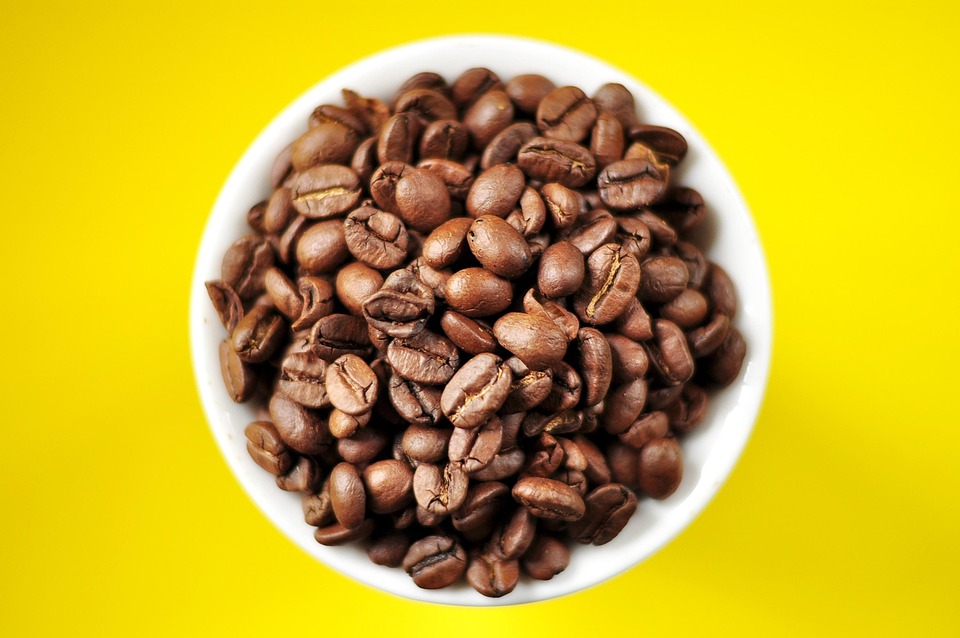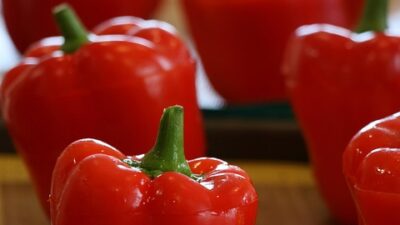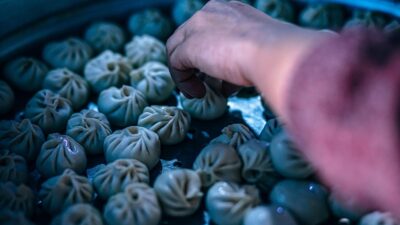The culinary world has always been a tapestry of innovation and tradition, with flavor at its heart. The evolution of taste in modern cooking reflects not only our changing palates but also the advancements in techniques and technology that have redefined what we expect from our food. As chefs and home cooks alike embrace these modern methodologies, they unlock new dimensions of flavor, transforming how we experience meals.
Historical Context: Traditional Cooking vs. Modern Techniques
In centuries past, cooking was largely defined by regional ingredients and traditional techniques passed down through generations. Methods like roasting, boiling, and baking were dominant, emphasizing the natural flavors of ingredients. While these traditional practices laid the foundation for culinary arts, they often limited the exploration of flavors to familiar profiles.
With the advent of modern cooking techniques, however, the landscape began to shift dramatically. Chefs started embracing creativity, technology, and science, driving a culinary renaissance that would change taste forever.
Sous Vide: Precision and Control
One of the most significant contributions to modern cooking is the sous vide technique. By sealing food in vacuum bags and immersing it in precisely controlled water temperatures, chefs can cook ingredients evenly while maintaining their moisture and flavor integrity. This method allows for enhanced tenderness and juiciness, often bringing out flavors that traditional techniques might overlook.
For instance, a steak cooked sous vide can retain more beefy flavor compared to traditional grilling, which can sometimes lead to overcooked or unevenly seared meat. The combination of controlled temperature and longer cooking times results in a taste experience that is rich and nuanced.
Molecular Gastronomy: Reimagining Flavor
Molecular gastronomy has taken the culinary world by storm, blending culinary art with scientific experimentation. Chefs like Ferran Adrià and Heston Blumenthal have pushed the boundaries of flavor through techniques such as spherification, foaming, and gelification. By deconstructing and reconstructing ingredients, they create unexpected flavor profiles that surprise and delight the palate.
For example, using agar-agar to create flavor-infused spheres that burst in the mouth offers diners a new sensory experience. These techniques not only enhance taste but also offer an element of playfulness, inviting guests to engage with their food in innovative ways.
Infusion and Flavor Pairing: Expanding the Palate
Modern technology has also led to new approaches to flavor pairing. Techniques like infusion allow chefs to extract and enhance flavors from herbs, spices, and even liquids in unexpected combinations. By using methods such as rapid infusion with whipped cream chargers or vacuum infusion, cooks can create oils, vinegars, and sauces that present a concentrated burst of flavor.
Moreover, the science of flavor pairing—understanding how certain ingredients naturally complement each other—has influenced modern dish creation. Pairing unlikely flavors based on chemical compounds (like the classic combination of chocolate and chili) reflects a deeper understanding of taste, resulting in dishes that are both surprising and harmonious.
The Role of Technology: Smart Appliances and Flavor Enhancement
The rise of smart kitchen appliances has further transformed how we approach cooking. Devices like precision cookers and digital thermometers provide unprecedented control over cooking processes. Smoker boxes and flavor infusion machines offer additional avenues for enhancing taste without the need for extensive culinary training.
Technology also aids in the preservation of flavors. Techniques such as freeze-drying and dehydration help retain nutrients and flavor profiles, allowing chefs to harness seasonal ingredients year-round. This practice not only respects the essence of the ingredient but also minimizes food waste, which is crucial in today’s culinary ethos.
Plating and Presentation: A Feast for the Eyes
In modern gastronomy, the visual appeal of food plays a pivotal role in how taste is perceived. The way a dish is plated can enhance or alter the overall experience. Techniques in plating have evolved into a separate art form, often incorporating elements of color theory, texture contrasts, and geometric arrangements. A beautifully presented dish can elevate the perception of flavor, demonstrating the intrinsic connection between sight and taste.
Conclusion: The Future of Flavor
As we step forward in the ever-evolving landscape of culinary arts, the fusion of modern techniques and traditional flavors continues to shape our palates. From sous vide precision cooking to molecular gastronomy, the focus on enhancing taste and creating memorable dining experiences is more vibrant than ever.
While the techniques may have changed, the essence of cooking—celebrating flavor and nurturing connection through food—remains timeless. As chefs and home cooks explore the intricacies of modern cooking, they not only enhance taste but also forge new paths for culinary creativity and innovation.
In this brave new world of flavor, the exploration is as vital as the dish itself, inviting all of us to partake in the delicious journey of gastronomic evolution.



